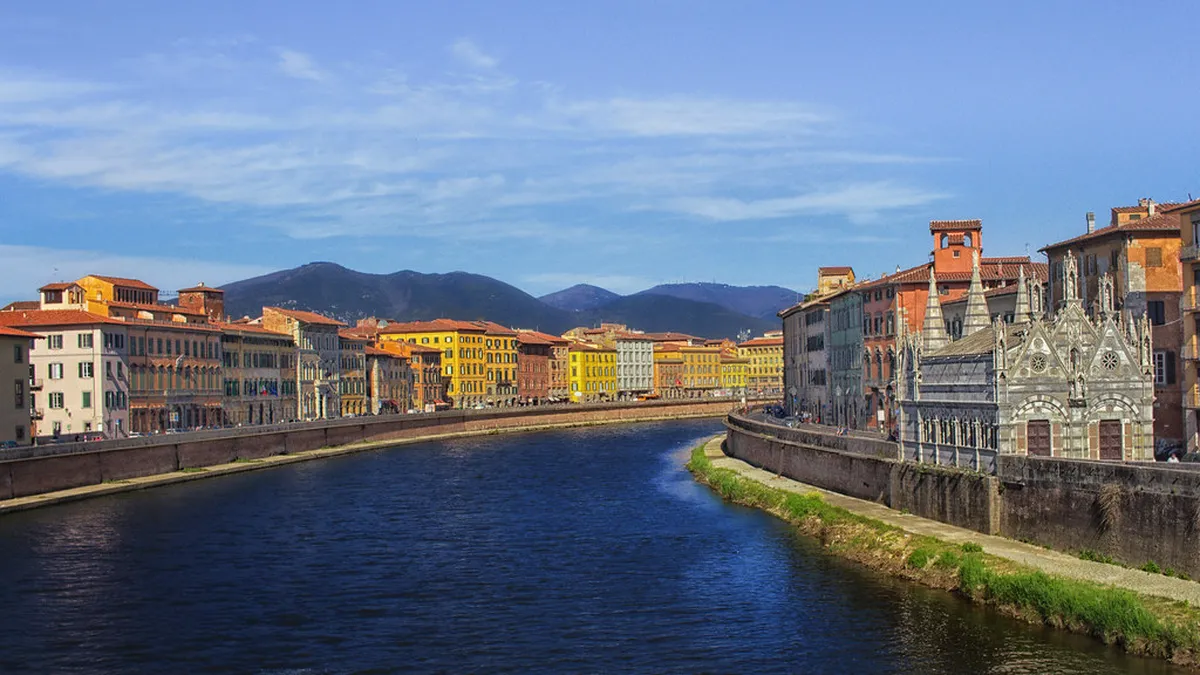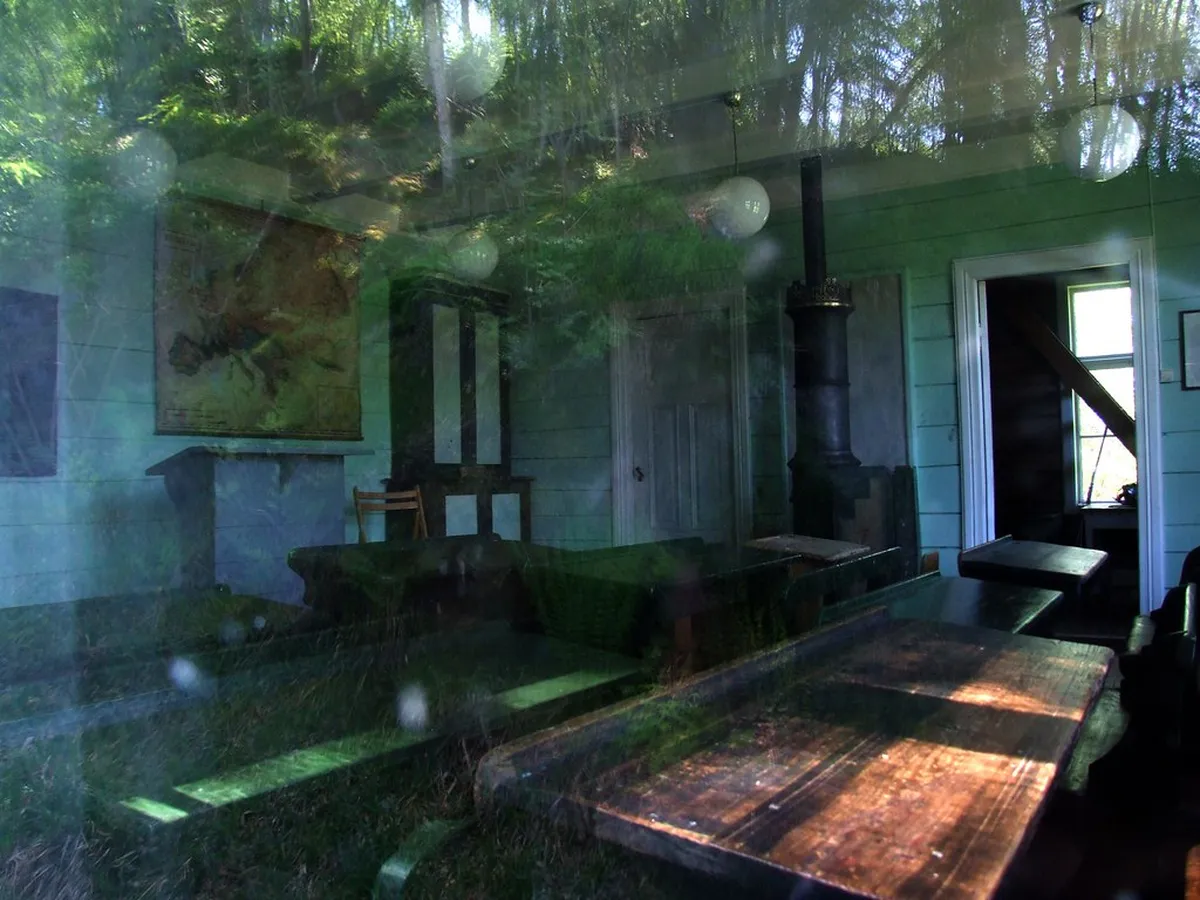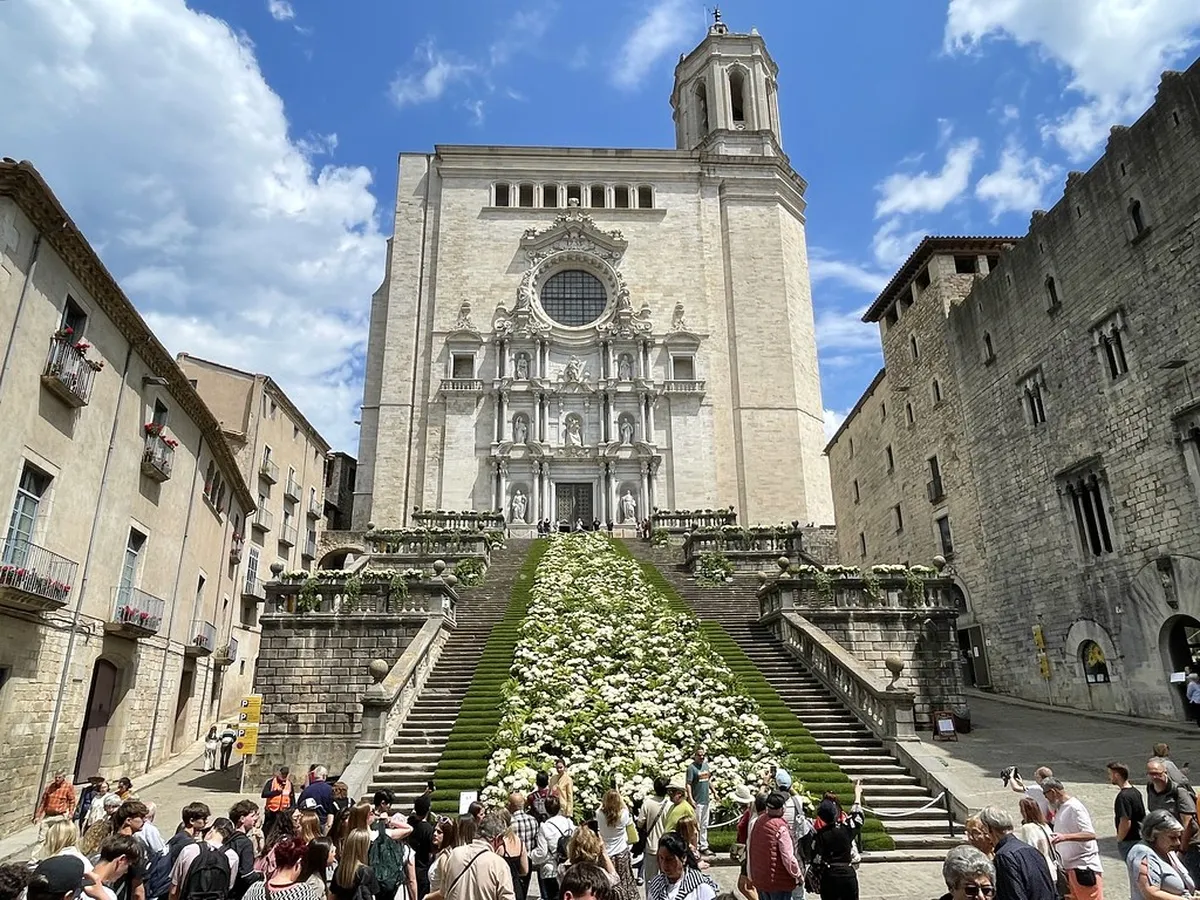Exploring Jeju's Natural Beauty: Hiking, Beaches, and Waterfalls
Jeju Island is a natural paradise where volcanic landscapes meet pristine coastlines, creating a diverse ecosystem unlike anywhere else in Korea. From the towering Hallasan Mountain at the island's center to the dramatic coastal formations and lush forests, Jeju offers countless opportunities to connect with nature. This comprehensive guide will help you discover the island's most breathtaking hiking trails, beaches, and waterfalls. For a structured day-by-day plan that includes these natural wonders, see our 5-day Jeju itinerary. Plan your journey with our Itinerary Maker.

Hallasan National Park: The Island's Crown Jewel
Plan this trip faster with our free online itinerary maker. Get a personalized day-by-day plan in minutes.
Rising 1,950 meters above sea level, Hallasan Mountain is South Korea's highest peak and the centerpiece of Jeju Island. This dormant volcano is home to diverse flora and fauna, crater lakes, and some of the island's most rewarding hiking experiences. If you're planning your overall Jeju trip, include Hallasan in your must-see list. For other can't-miss attractions, see our guide to top must-see attractions in Jeju. Connect with nature using our Guangzhou nature guide.
Hiking Trails on Hallasan
| Trail Name | Distance (round trip) | Difficulty | Highlights | Est. Time |
|---|---|---|---|---|
| Gwaneumsa Trail | 8.7 km | Challenging | Diverse forest landscapes, summit views | 8-10 hours |
| Seongpanak Trail | 9.6 km | Moderate-Challenging | Gentler slopes, crater lake at summit | 7-9 hours |
| Yeongsil Trail | 5.8 km (does not reach summit) | Moderate | Rock formations, plateau views | 3-4 hours |
| Eorimok Trail | 6.8 km (does not reach summit) | Moderate | Forest scenery, Nambyeok viewpoint | 3-4 hours |
| Donnaeko Trail | 7 km (reopened after closure) | Challenging | Waterfalls, lush valleys | 6-8 hours |
When planning for Hallasan and other outdoor activities, consider the season of your visit. For seasonal information and the best times to hike, check our guide to seasonal highlights in Jeju. Map out your exploration with our Taormina itinerary.
Hallasan Hiking Tips and Essential Information
- Best Season for Hiking: Late spring (May-June) for wildflowers and autumn (September-October) for fall colors offer the most pleasant conditions
- Weather Considerations: The mountain creates its own weather patterns; conditions can change rapidly even when skies are clear at lower elevations
- Trail Closures: Access to the summit trails closes earlier than the official park closing time—check the daily cut-off times at trail entrances
- Required Items: Proper hiking boots, layered clothing, rain gear, sufficient water (min. 2 liters per person), snacks, and a hiking stick for steeper sections
- Restricted Items: Alcohol is prohibited on the mountain
Pro Tip: The Seongpanak Trail is the most popular route to the summit due to its gradual incline. For a more varied experience, consider ascending via Seongpanak and descending via Gwaneumsa (or vice versa) for different views. Schedule your trip with our León itinerary.
Seasonal Highlights on Hallasan
- Spring: Azaleas and various wildflowers bloom from April to June, creating colorful carpets along the trails
- Summer: Lush green forests and clear visibility toward the ocean on non-humid days
- Autumn: Beautiful fall foliage from late September to early November, with red and gold colors sweeping down the mountain
- Winter: Snow-covered landscapes create a winter wonderland from December to February (special equipment may be required)

Jeju's Stunning Coastline and Beaches
With over 200 kilometers of coastline, Jeju offers an incredible variety of beaches, from long stretches of white sand to hidden coves surrounded by dramatic volcanic rock formations. Each coast of the island has its own distinct character. When choosing accommodation, consider staying near the beaches you want to visit. For guidance on the best areas to stay, see our guide to where to stay in Jeju.
Best Eastern Beaches
- Gimnyeong Seonsegi Beach - Famous for its white sand and shallow, aquamarine waters perfect for families
- Woljeongri Beach - Trendy beach with white sand, turquoise waters, and a cafe-lined street
- Hamdeok Beach - Popular for its clean, clear waters and convenient facilities
- Pyoseon Beach - Jeju's longest beach with shallow waters, ideal for long walks
Getting to these beaches requires reliable transportation. For information on getting around the island, see our transportation guide for Jeju.
Mystical Waterfalls of Jeju
Jeju is home to spectacular waterfalls that showcase the island's volcanic origins and abundant natural water resources. Most famous are the three main falls collectively known as the "Jeju Samda" (Three Waterfalls), but there are several other hidden gems worth discovering. For lesser-known waterfalls and secluded natural spots, check our guide to hidden gems of Jeju.
Must-Visit Waterfalls on Jeju
Cheonjeyeon Waterfall (Seven Nymphs Waterfall)
A three-tiered waterfall with mythological significance:
- Location: Jungmun Tourist Area, Seogwipo
- Unique Features: Three distinct sections with jade-colored pools; elegant Seonimgyo Bridge with seven nymphs carved into its railing
- Walking Difficulty: Easy, well-maintained paths and stairs (15-20 minutes round trip)
- Admission: 2,500 KRW (~$2.20 USD) for adults
- Best Viewing Season: Rainy season (June-July) for strongest water flow
Jeongbang Waterfall
The only waterfall in Asia that falls directly into the ocean:
- Location: Eastern Seogwipo
- Unique Features: 23-meter drop directly into the sea; ancient carvings on nearby rocks dating back to 1470
- Walking Difficulty: Moderate, includes stairs and some uneven terrain (20-30 minutes round trip)
- Admission: 2,000 KRW (~$1.75 USD) for adults
- Best Viewing Season: Year-round, but particularly dramatic during stormy weather
Cheonjiyeon Waterfall
One of Jeju's most accessible and impressive waterfalls:
- Location: Central Seogwipo
- Unique Features: 22-meter waterfall flowing into a deep pool; illuminated at night; subtropical plants including rare katsura trees
- Walking Difficulty: Easy, paved walkway suitable for all ages (20 minutes round trip)
- Admission: 2,000 KRW (~$1.75 USD) for adults
- Best Viewing Season: June-August for lush surroundings; evenings for illumination
Donnaeko Valley and Waterfall
A secluded waterfall offering a more untouched experience:
- Location: Northern slopes of Hallasan, Seogwipo
- Unique Features: Series of small cascades in pristine forest setting; cooler temperatures than coastal areas
- Walking Difficulty: Moderate to challenging, natural trail (1-2 hours round trip)
- Admission: Free
- Best Viewing Season: Late spring and early summer for strongest flows
Waterfall Tip: Visit Jeju's waterfalls early in the morning to avoid crowds, especially at popular sites like Cheonjiyeon. The lighting is also better for photography in the morning hours.
Oreums: Jeju's Unique Volcanic Cones
One of Jeju's most distinctive geological features are its "oreums" - parasitic volcanic cones that dot the landscape. With around 360 of these formations across the island, exploring them offers insights into Jeju's volcanic origins and rewards visitors with panoramic views. These volcanic formations are part of Jeju's rich cultural heritage. To learn more about the island's cultural aspects, see our guide to cultural experiences in Jeju.
UNESCO World Natural Heritage Sites
Jeju's remarkable natural landscapes have earned international recognition, with several sites designated as UNESCO World Natural Heritage Sites. These protected areas represent the island's most scientifically valuable and visually stunning natural wonders.
Manjanggul Lava Tube
This 7.4 km lava tube is one of the longest and most impressive in the world, formed approximately 300,000-200,000 years ago during Jeju's volcanic activities. The accessible 1 km section reveals remarkable geological features, including:
- The world's largest known lava column (7.6 meters tall)
- Diverse formations including lava stalactites and flowlines
- Constant year-round temperature of around 11-21°C, providing a cool escape in summer
- Unique ecosystem with cave-dwelling creatures
If you're traveling with family, this is one of the many natural attractions suitable for children. For more family-friendly options, check our guide to family-friendly activities in Jeju.
Practical Tips for Exploring Jeju's Nature
Make the most of your nature experiences on Jeju Island with these practical suggestions:
What to Pack for Jeju Nature Exploration
- Hiking boots or sturdy walking shoes with good grip
- Layered clothing (weather can change quickly, especially on Hallasan)
- Rain jacket or poncho (Jeju's weather is unpredictable)
- UV protection (sunscreen, hat, sunglasses)
- Insect repellent (especially during summer months)
- Reusable water bottle and snacks
- First aid kit with blister treatment
- Quick-dry towel for beach visits
For more comprehensive packing advice and other trip planning tips, see our essential Jeju travel tips.
Photography Tips for Jeju's Natural Landscapes
- Golden Hour: The hour after sunrise and before sunset offers the best light for coastal and landscape photography
- Weather Awareness: Misty conditions can create ethereal scenes at waterfalls and on Hallasan
- Foreground Interest: Use Jeju's unique volcanic rocks, flowers, or traditional stone walls to add depth to landscape shots
- Polarizing Filter: Helpful for reducing glare on water and enhancing the vibrant blues of Jeju's oceans
- Tripod: Essential for waterfall photography using slower shutter speeds
After a day of exploring nature, you might want to try some of Jeju's fresh local cuisine. For dining recommendations featuring ingredients from Jeju's natural bounty, see our guide to Jeju's culinary delights.
Frequently Asked Questions
A: Spring (April-June) and autumn (September-November) offer the most comfortable temperatures and clearest views. Summer can be hot and humid, while winter trails may be icy or closed due to snow.
A: Yes, Jeju offers trails for all skill levels. Beginners should consider the Yeongsil or Eorimok trails on Hallasan, coastal walks, or gentle oreum climbs like Seongsan Ilchulbong.
A: No special equipment is needed. The tourist sections of Manjanggul and other lava tubes are well-lit with paved pathways, though sturdy shoes and a light jacket are recommended (caves maintain cool temperatures year-round).
A: Hyeopjae and Hamdeok beaches offer clear, calm waters ideal for swimming, with amenities including showers and changing facilities. Always check local conditions, as some beaches may have strong currents.
Jeju Island's extraordinary natural beauty offers something for every outdoor enthusiast, from challenging mountain hikes to tranquil beach strolls and everything in between. The island's compact size means you can experience diverse ecosystems within short distances, making it an efficient nature destination. Whether you're watching the sunrise from Seongsan Ilchulbong, hiking through the forests of Hallasan, or relaxing on the white sands of Hyeopjae, Jeju's landscapes provide unforgettable experiences and stunning photo opportunities. By planning your outdoor activities according to the seasons and following responsible tourism practices, you'll help preserve these natural wonders for future generations while creating lasting memories of your own Jeju adventure.



